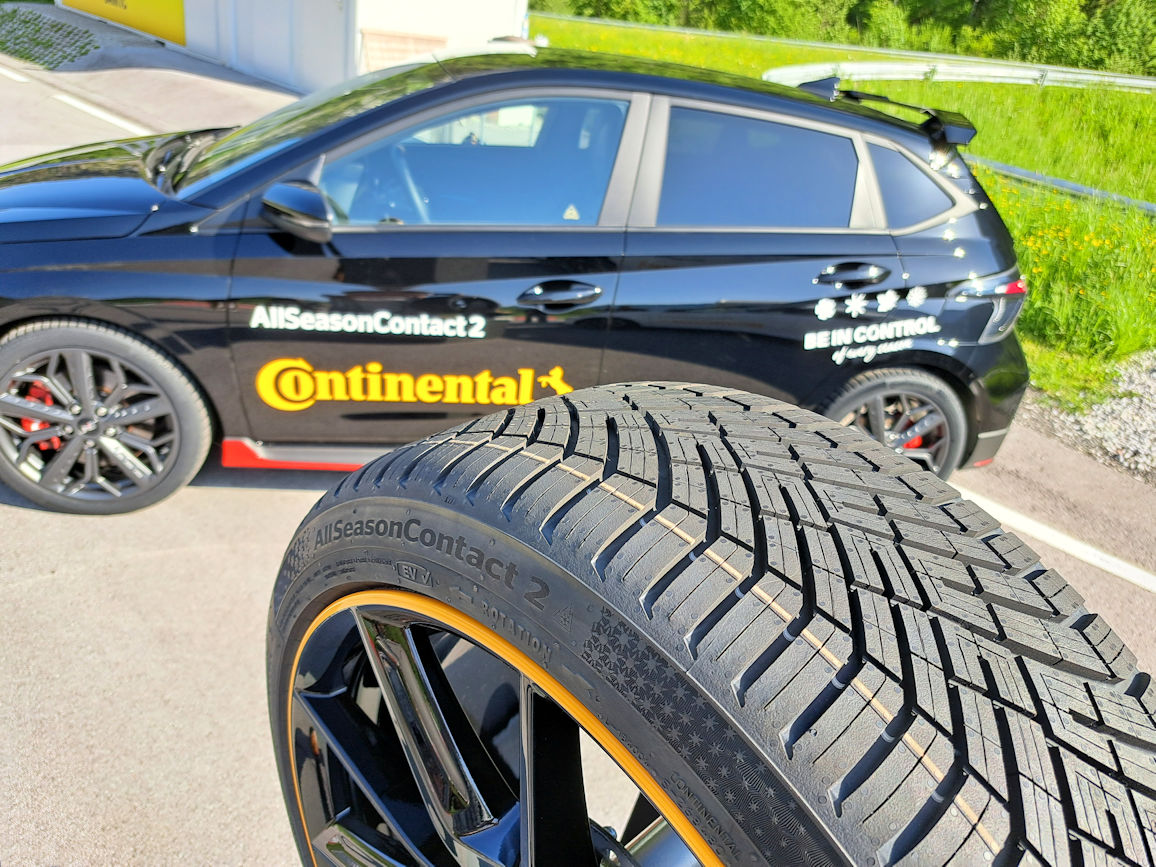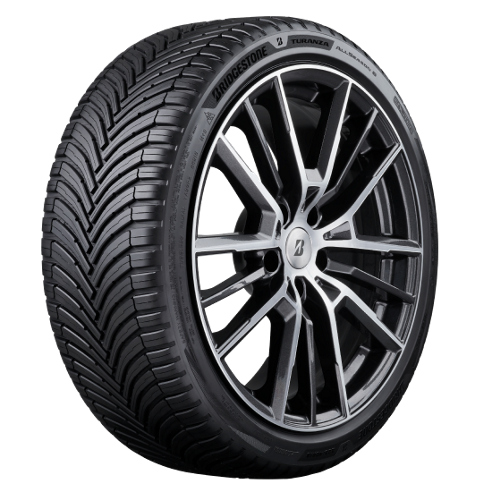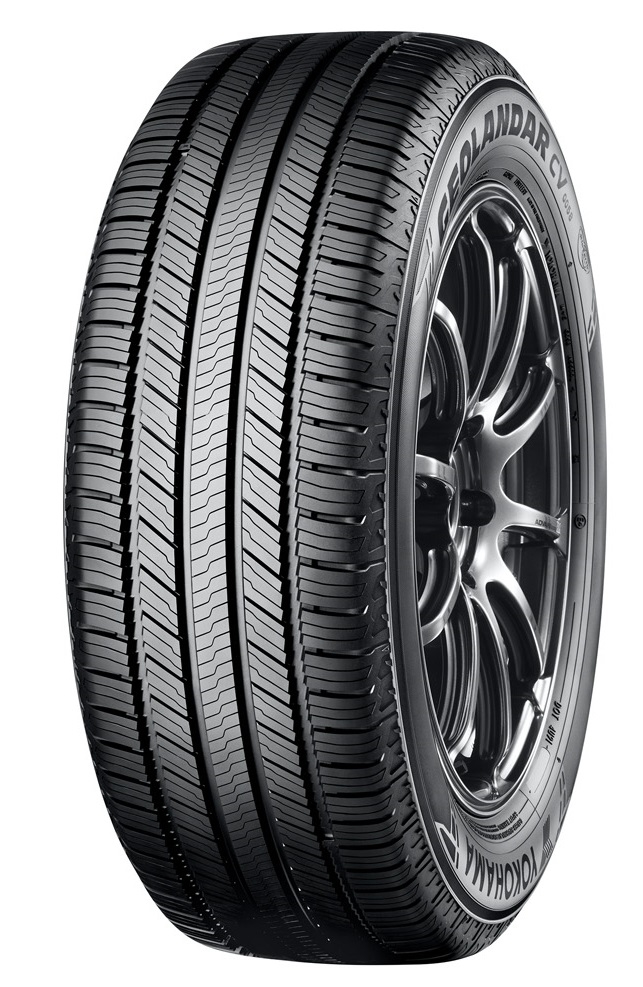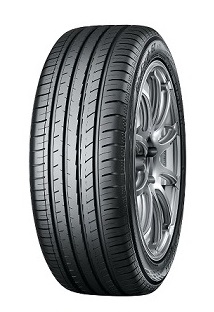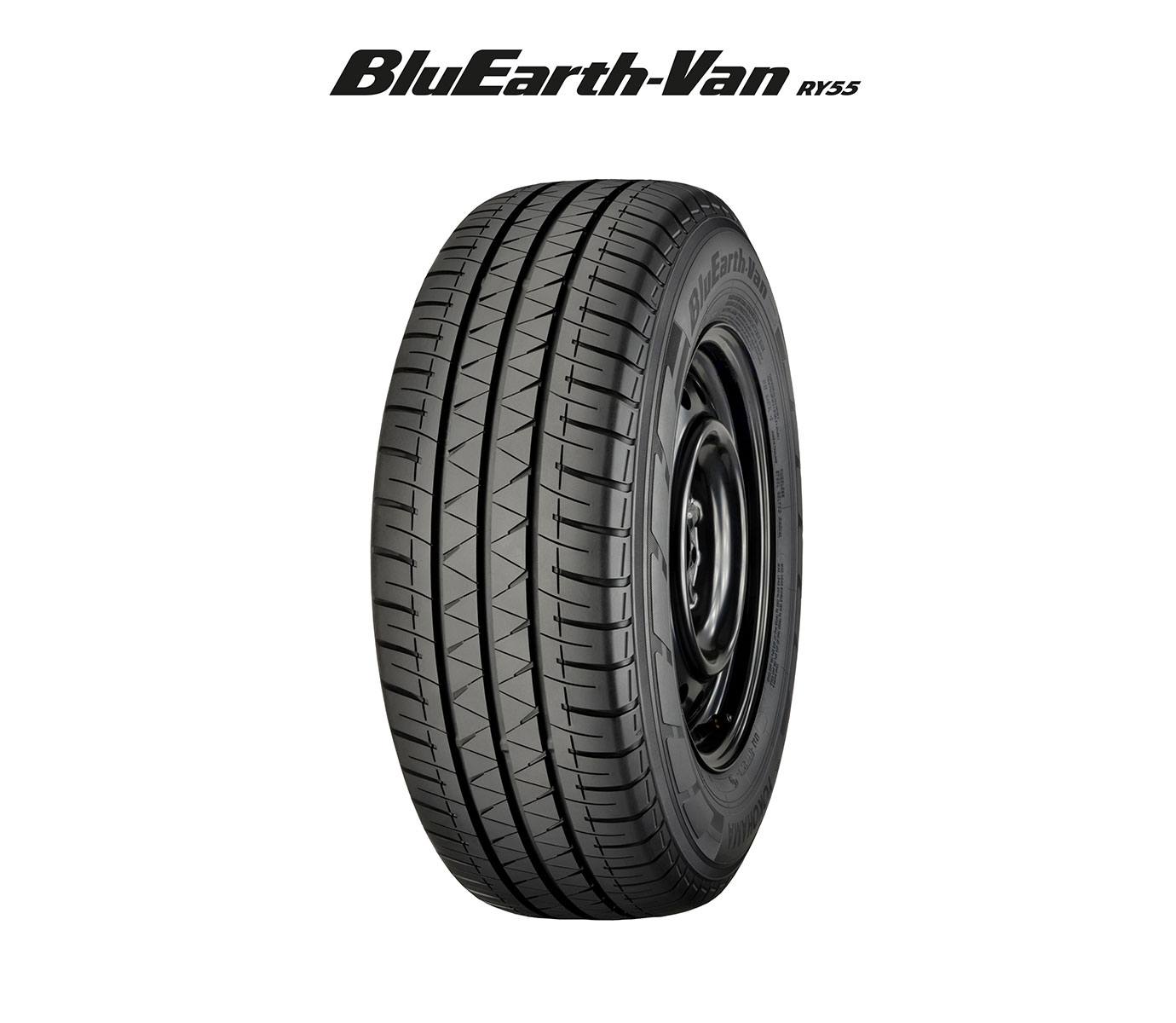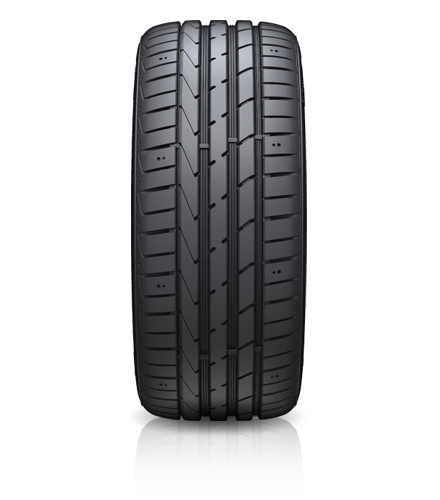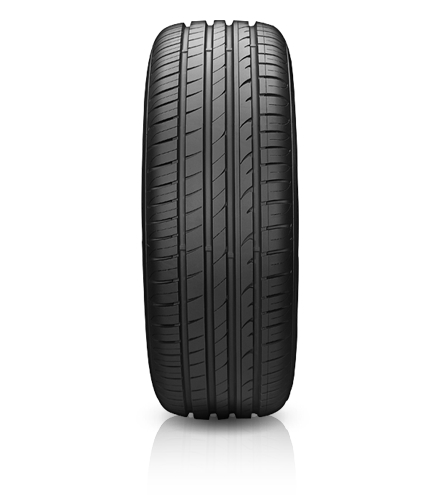Six years after launching its first all-season tyre for Europe, Continental has introduced a second-generation tyre that offers increased mileage and good market coverage. Deliveries to dealers and garages across the UK began this month, and a range of 99 dimensions for 15- to 21-inch rim diameters will soon be available. Demand for 14-inch tyres will continue to be met by the predecessor product.
According to Continental, key safety performance criteria remain the same as for the original AllSeasonContact, but mileage potential is now at least 15 per cent higher – the manufacturer says this means the new tyre “can drive one season longer than its predecessor.” Continental says mileage that delivers an extra season of motoring is exactly what a quarter of buyers are looking for when selecting an all-season tyre. More about this later, but first to safety – something that 59 per cent of tyre buyers value above all other considerations. The tyre’s tread, rubber compound and construction all have their own role to play.
The V-shaped tread pattern of the AllSeasonContact 2 features C-shaped tread blocks that create water channels leading toward the sidewalls of the tyre and facilitating drainage. Furthermore, the many C-shaped blocks in the middle of the pattern support one another, ensuring precise handling throughout the tyre’s service life.
As for the rubber compound, Continental has blended the ‘Chili’ compounds it uses in its tyre ranges to create a mix that provides winter grip without being too soft. “Our chemists created a recipe by blending the Chili compounds into a suitable mixture,” explains the tyre maker. Continental calls this concoction Chili Blend and describes it as follows: “New plasticisers with a high damping effect ensure secure grip and precise steering response in cold, wintry conditions. A new polymer composition offers good adhesion together with short braking distances on both dry and wet roads, even in hot summer weather. And there is also a newly developed, flexible elastomer network that adapts to the road surface, thereby lowering wear and increasing mileage.”
Optimised patterns and a blend of Chili are all well and good, but what does this mean for tyre safety? Continental was kind enough to give us a taste of how AllSeasonContact 2 stacks up in the wet alongside a budget brand all-season tyre made by one of the largest firms in the business. Performing emergency braking from 50 mph (80km/h) on a wet road, the car fitted with Continental tyres stopped some 15 to 20 metres shorter than the budget-shod vehicle. Or as one of Continental’s tyre experts put it, the car fitted with budget tyres was still travelling at around 25 mph (40km/h) at the point where the AllSeasonContact 2 had brought the vehicle and its occupants to a safe stop.
An enormous step forward
Continental’s tyre developers took a two-pronged approach when increasing efficiency in the AllSeasonContact 2. First, they tackled rolling resistance – sometimes in unexpected areas. Optimising rolling resistance in the tread area almost inevitably leads to a compromise in handling or wet braking as these characteristics are direct competitors, but with the AllSeasonContact 2, Continental focused on other components inside the tyre.
Examples of this inward-looking approach include a new inner liner compound that is optimised in regard to rolling resistance. In addition, Continental also optimised the rubber coating on the tyre’s casing to further lower rolling resistance, and these combined efforts helped it gain an additional six per cent improvement in performance without compromising other characteristics.
Efficiency is also how long a tyre lasts, and this brings us back to the promised extra season of driving. Explaining the science behind this added longevity, Continental says it worked on the tread pattern to create a better footprint. The AllSeasonContact 2 tread pattern features sipes and the aforementioned self-reinforcing C-blocks, and Continental says these optimise the footprint to reduce force at its end. Put simply, Continental has eliminated additional pressure that leads to wear while leaving sufficient force to provide grip when braking or accelerating.
Continental’s own testing shows that AllSeasonContact 2 lasts 15 per cent longer than the predecessor model, and independent tests conducted by Dekra have been even more favourable. Dekra compared the AllSeasonContact 2 in size 205/55 R16 against its predecessor and three competitor tyres.
Test results indicate a 20 per cent improvement in mileage over the original AllSeasonContact and an even greater mileage gap when compared with its rivals from Michelin, Bridgestone and Hankook. “From the Dekra results, we believe 15 per cent (of this improvement) comes from the tread and five per cent from the compound,” comments the tyre maker.
Generational improvements
Continental claims generational performance improvements in almost all areas – in addition to 15 per cent more mileage and six per cent lower rolling resistance, the AllSeasonContact 2 reportedly lifts its dry braking and handling game by five per cent and improves its wet braking performance by four per cent. Comfort and snow performance are at the same level as for the prior-generation tyre. Only one point on the spider chart falls below the levels achieved by the predecessor. This is aquaplaning, whose performance is 98 per cent.

This Continental spider chart shows generational improvements in most key areas (Source: Continental)
Growth into UHP territory
EU tyre label grades for the AllSeasonContact 2 are ‘B’ for wet grip, rolling resistance and external rolling noise. As an all-season tyre, it bears the M+S mark and 3PMSF ‘snowflake’ symbol that is required for winter use in some markets.
Market coverage includes most electric vehicles, suitability that Continental denotes with the inclusion of its new EV-Compatible logo on the sidewall. Following the launch range of 99 sizes, a second phase of product releases in 2024-25, will see more than 50 further new AllSeasonContact 2 sizes come to market. Many of these will be in larger sizes and will take the range into the UHP segment.
With a line-up now covering 87.7 per cent of segment demand and the promise of further additions that will boost the range up to some 150 sizes, Continental appears well positioned to continue the success enjoyed with its initial all-season tyre.
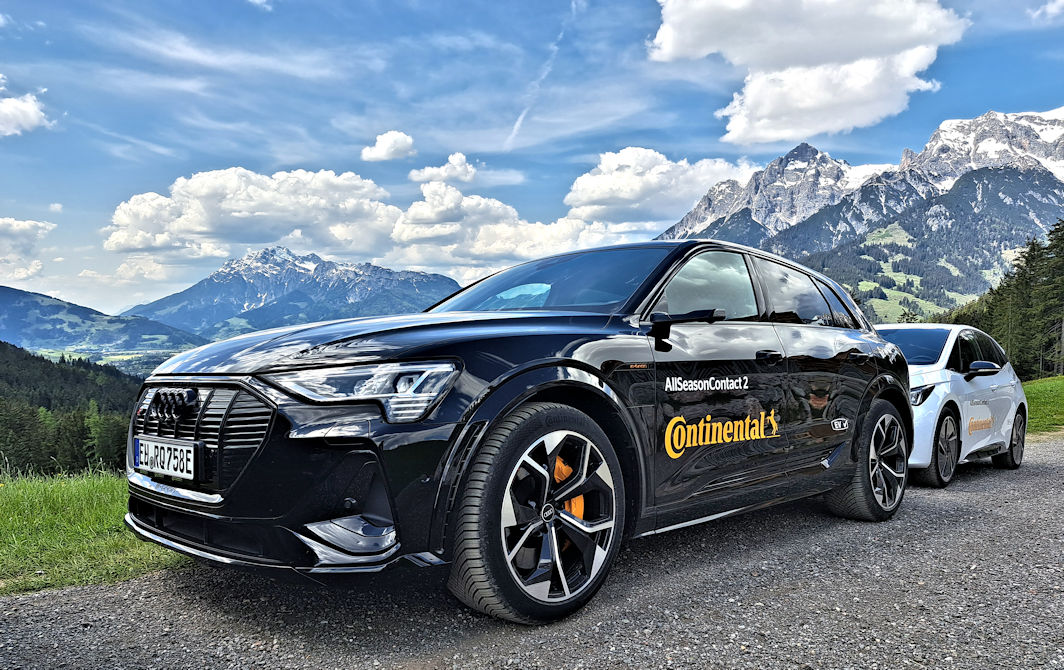
The 99-size launch range includes coverage for most electric vehicles (Photo: WhatTyre.com / Stephen Goodchild)

